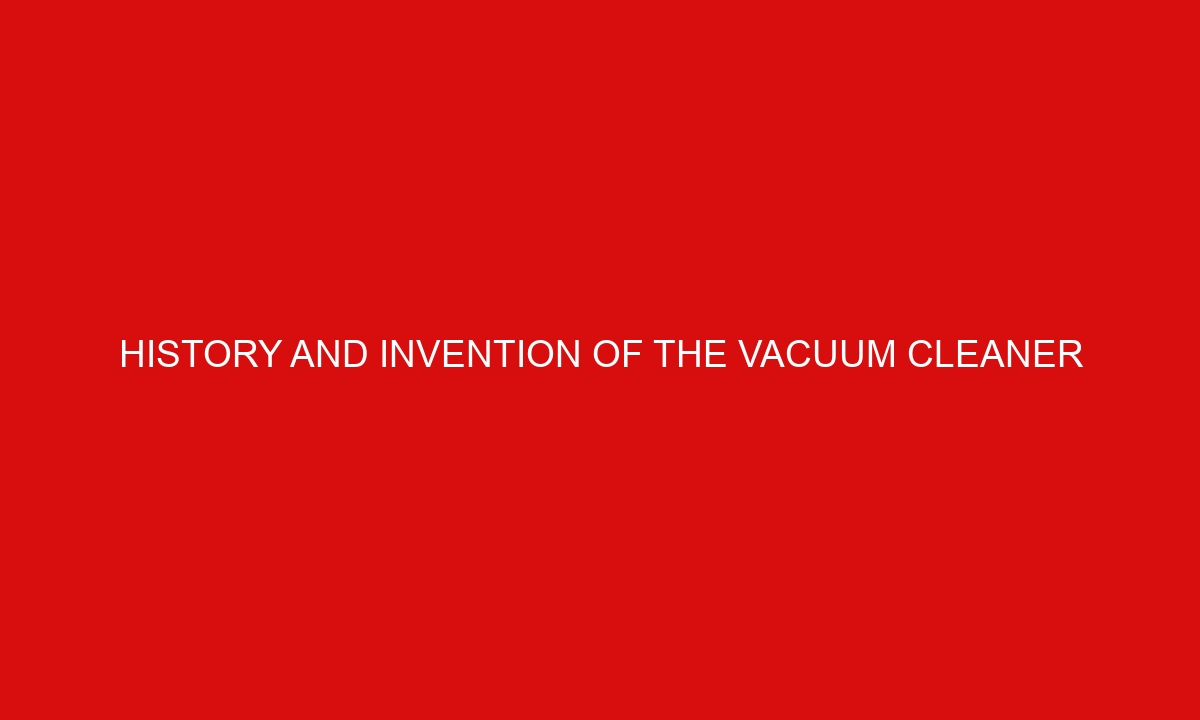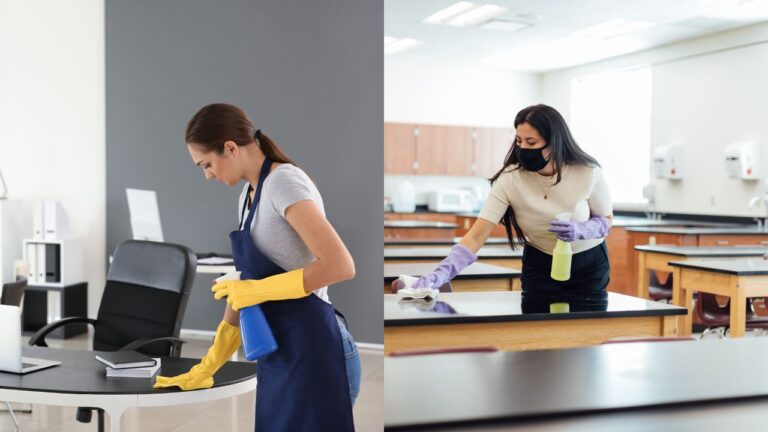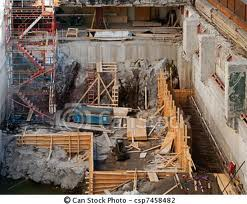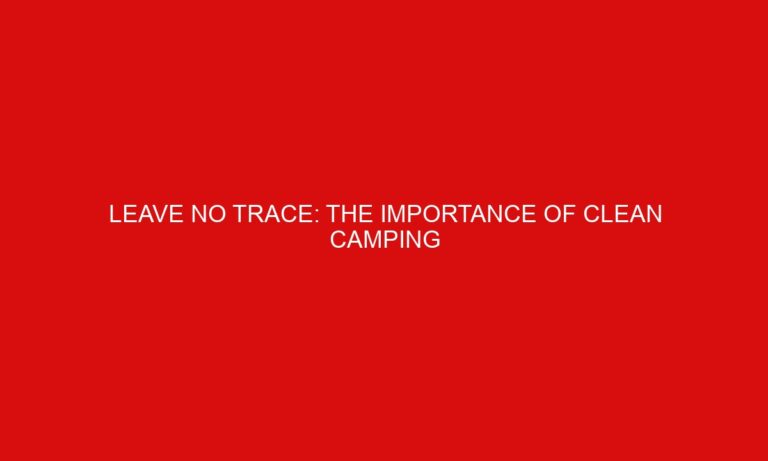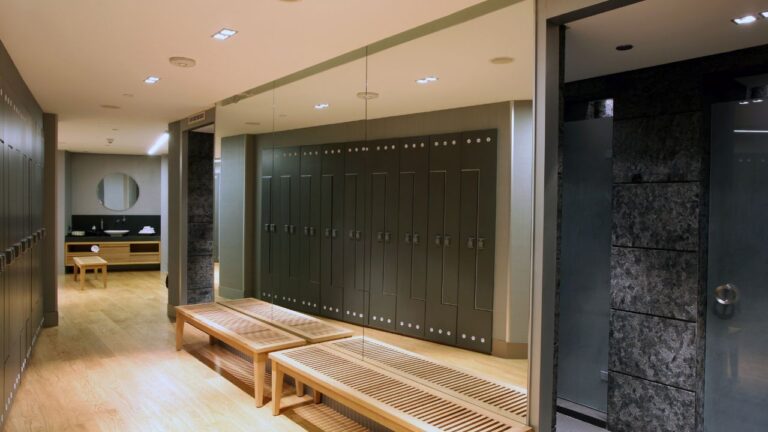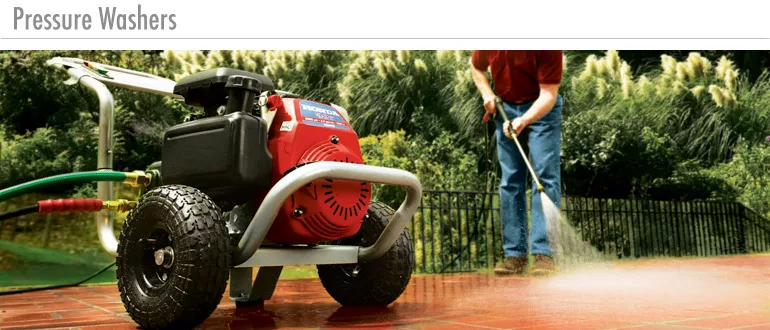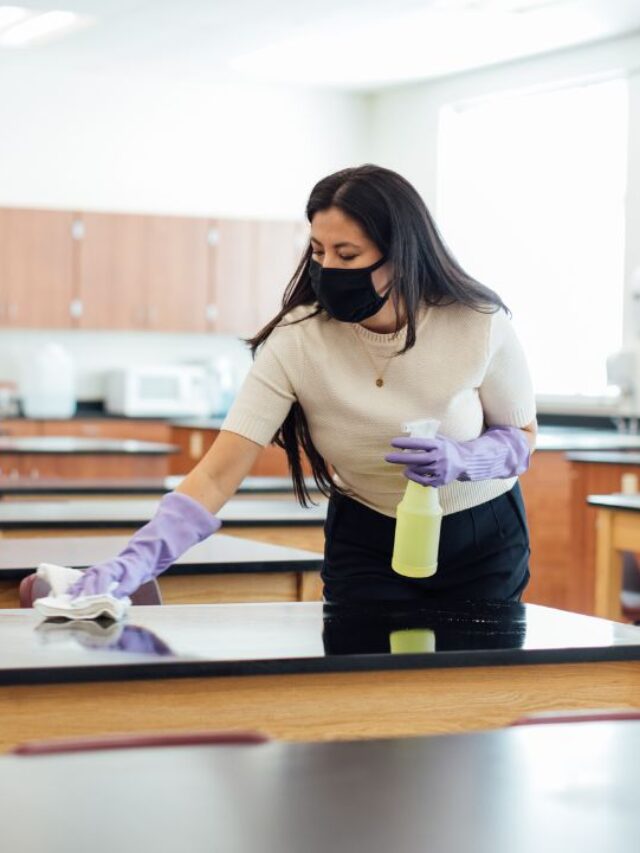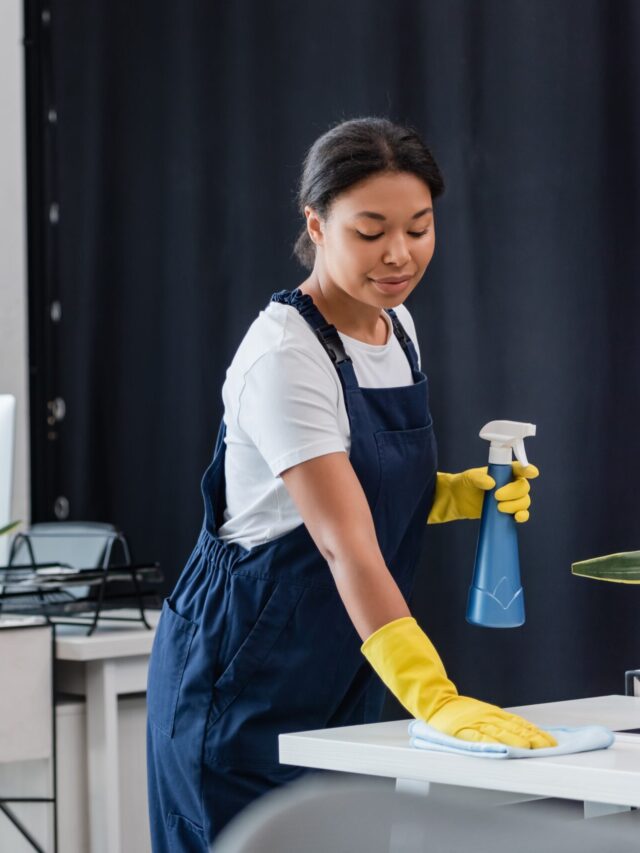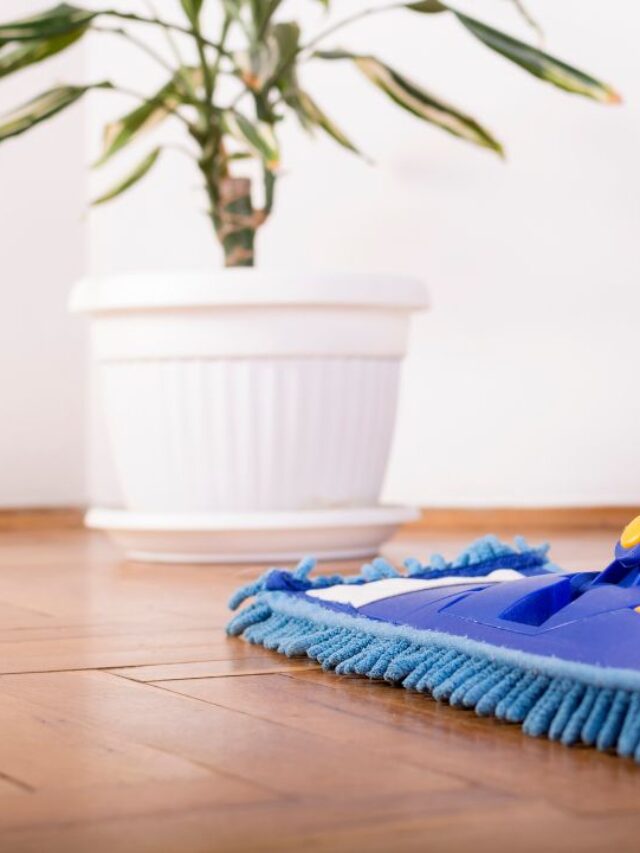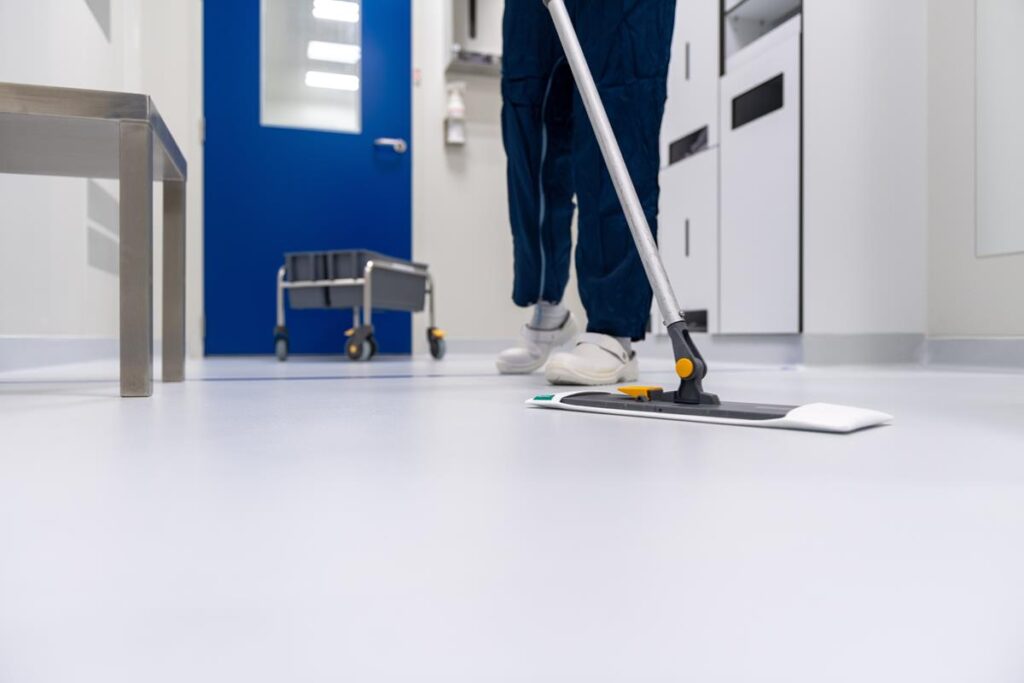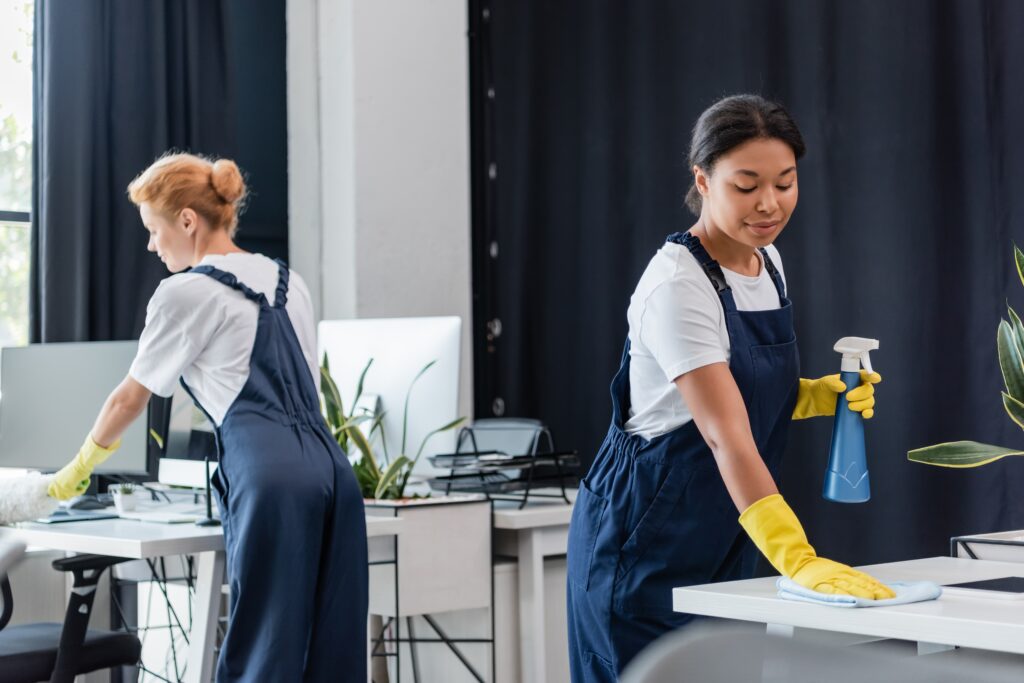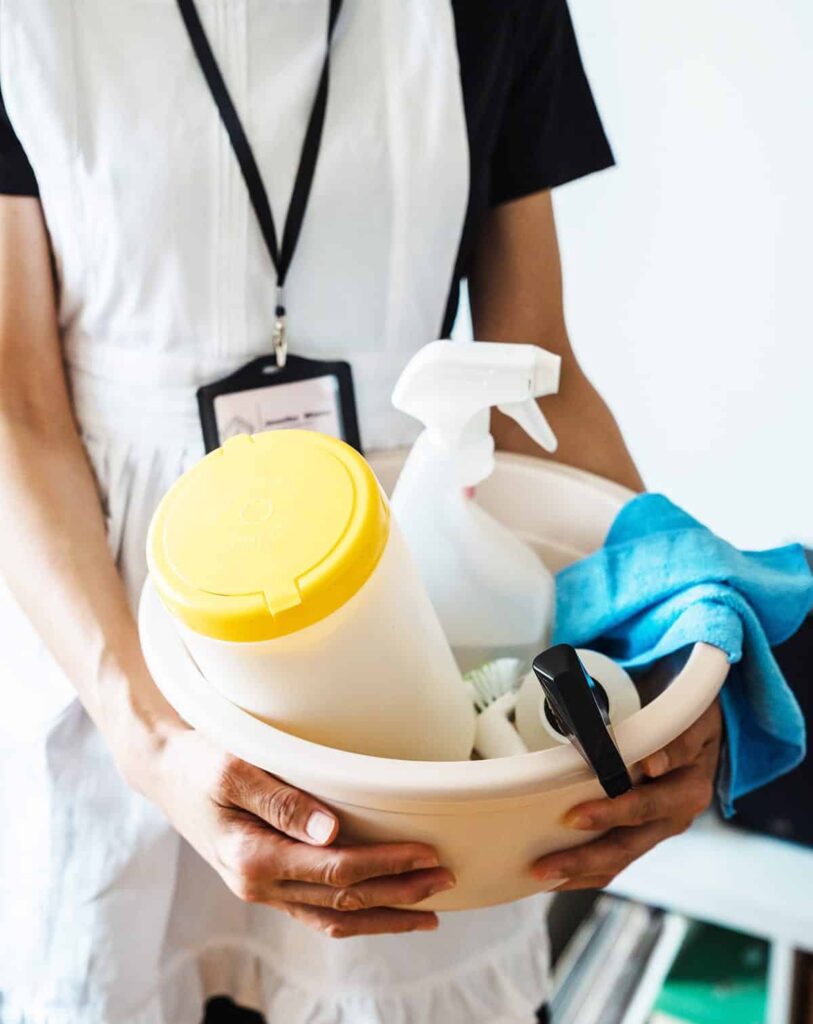History and Invention of the Vacuum Cleaner
The vacuum cleaner is one of those home cleaning devices that we tend to take for granted, but it is also a device that continues to evolve. Ever since the first commercial vacuum was introduced, there has been a great deal of innovation involved with figuring out ways to keep our carpets and furniture clean. In the very early days of vacuum cleaners, there was little regard for how the device picked up and held onto debris from carpets. But an inventor with allergies started a process of evolution in the vacuum cleaner world that still goes on to this day. The vacuum cleaner goes back further than you would expect, and its history is more interesting than you would expect.
The Very Early Days
Prior to the invention of vacuum cleaners, people had to pick up their rugs and bring them outside to be shaken clean. There are estimates that attempts to clean rugs with some sort of machine started as early as 1600. But the first real record that can be found of an operational vacuum cleaner appears in 1860 when inventor Daniel Hess of West Union, Iowa, introduced a device that stirred up rug debris with spinning brushes and then used bellows to push the debris into a collection container. In 1868, Ives McGaffey of Chicago introduced a device that he called the Whirlwind. It was the same basic idea a Hess’ machine, but the Whirlwind used a belt system that made operation easier. Hess’s machine was only operable by hand, which made it inconvenient and difficult to use. The Whirlwind was only slightly easier to operate, and it saw moderate commercial success.
Keep Your Office Spotless with Our Free Office Cleaning Checklist!
Want to make sure you’re covering all the essential cleaning tasks? Our comprehensive guide covers all essential cleaning tasks, from daily tidying to deep cleaning tips. Make sure no spot is missed and create a healthier, more organized workspace today!
The Vacuum Cleaner Evolves
The Whirlwind often required two people to operate it because of its bulky construction, so inventor Melville Bissell created a model that could be operated by one person in 1876. Although the operation was still mechanical and not automatic, it was quite a workout to vacuum a rug. John Thurman of St. Louis, Missouri, invented the gas-powered machine in 1898 that blew debris around in a cyclone and then into a container. He had his device patented, but the patent was later challenged and a judge determined that Thurman’s device was not a vacuum cleaner.
Motorized Vacuum Cleaners Finally Arrive
In 1901, the first motorized vacuum cleaner was introduced in England by Herbert Booth. The device was also gas-powered and required a horse and buggy to be moved. Booth’s device was one of the first to use the idea of developing suction by creating a vacuum with the floor. The opening of the device creates a seal with the floor, and then the vacuum that is created pulls up the debris. It is the concept that all modern vacuums would use, but at much smaller sizes.
The Vacuum Comes Home
The earliest vacuum cleaners were bulky devices that had to either be installed in commercial buildings or taken from one building to the next in large carts. Starting in 1905, the developments in more portable vacuums for the home came fast and furious. Walter Griffiths introduced the first truly portable vacuum cleaner in 1905, but it still required the operator to foot-pump a bellows to work. In 1906, James Kirby debuted his portable vacuum system that utilized a water filter to prevent the debris from escaping from the collection canister. In 1907, janitor James Spangler finally developed a portable electric vacuum that would kick up the dirt, pull the dirt from the rug, and then bring the dirt into the canister without the operator having to do anything extra. In 1908, Spangler sold his patent to William Henry Hoover, and Hoover used the invention to amass a fortune.
Vacuums Continue to Evolve
Kirby’s water filter idea has been refined over and over, and Kirby himself held more than 60 patents on his vacuum idea. In 2004, the Airider was introduced in England. This is a vacuum that floats over the floor and does not make contact with the floor while it is cleaning. Other innovations in vacuums include increased filtration to prevent allergens from escaping and a vacuum that utilizes airflow instead of creating a vacuum to pick up debris.
- William H. Hoover: The Ohio History website provides a quick overview of the life and accomplishments of William Hoover.
- Reeves Vacuum Cleaner Company Suction Sweeper: The National Museum of American History tells the story of another part of the history of vacuum cleaners.
- How Robotic Products Become Social Products: This is a detailed discussion that deals with the idea of combining robotics with items like vacuum cleaners and introducing the combination into society.
- Development of a Modified Vacuum Cleaner for Lunar Surface Systems (PDF): If you have ever wondered how astronauts vacuum their space capsules, read here: NASA explains how it is done.
- Energy Star Market and Industry Scoping Report: Vacuum Cleaners (PDF): The U.S. government’s Energy Star program compares the energy-efficiency of different types of vacuums.
- Fundamentals of Vacuum Technology (PDF): This is an article that offers just about everything you could ever need to know about how vacuums work.
- Birth of the American Salesman: This is an interesting look at how door-to-door vacuum cleaner sales professionals helped shaped the idea of selling in America.
- Scott and Fetzer Company: The Encyclopedia of Cleveland History tells the story of the company that eventually became famous for selling Kirby vacuums.
- Introduction to Vacuum Technology: This is a comprehensive look at how early vacuum cleaners worked and how the technology evolved.
- Vacuuming Up Oil Spills: This is an article that explains new technology being developed to help clean up major oil spills.
- Steam Vacuum Cleaning (PDF): A very detailed discussion on the various ways to clean industrial areas using vacuums and other equipment can be found here.
- Managing House Dust Mites: This is a discussion on how home vacuuming can help to control the presence of dust mites in a home.
- Autonomous Robotic Vacuum Cleaner (PDF): This is a detailed thesis discussing the different design issues that robotic vacuum cleaners create.
- Tips to Control Indoor Allergens: Vacuum cleaner use can improve the air quality in a home or office.
Contact Us
Get a quote
Your satisfaction is our priority, and we’re here to assist. Reach out to Busy Bee effortlessly by contacting us. Whether you have questions, need a custom quote, or want to discuss your cleaning requirements, our friendly team is ready to respond promptly. Connecting with us is the first step towards a cleaner and more comfortable environment for your home or business.
Call us for a quote today!
Contact Us
Get a quote
Your satisfaction is our priority, and we’re here to assist. Reach out to Busy Bee effortlessly by contacting us. Whether you have questions, need a custom quote, or want to discuss your cleaning requirements, our friendly team is ready to respond promptly. Connecting with us is the first step towards a cleaner and more comfortable environment for your home or business.

